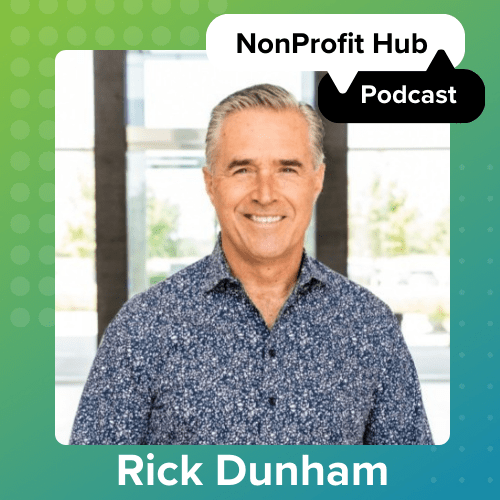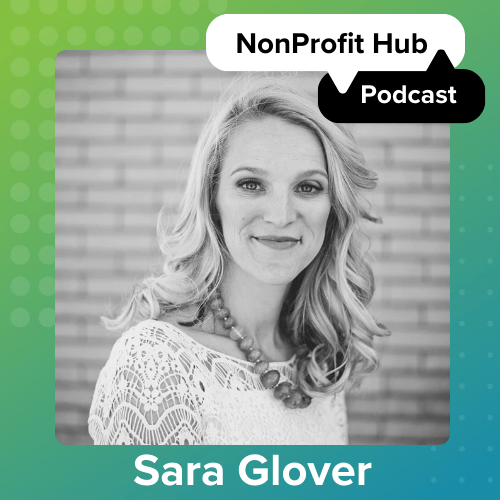If you think you don’t need to know how to sell, allow me to try to convince you that all nonprofits organizations are in sales. The most important parts of our jobs today are convincing people to support our ideas–in other words, to sell.
But if you’re in the business of moving others, it’s not enough to know the importance of sales–the next step is to learn how to sell better. I’ve taken three techniques from Dan Pink’s awesome book To Sell is Human and adapted them for nonprofit organizations. Learn three techniques for nonprofit sales and persuasion:
Pitch.
Pitching is “the ability to distill one’s point to its persuasive essence” (Pink, 156). As nonprofit professionals, we pitch things all day–sometimes well, sometimes poorly.
Here are three ways to develop your pitch:
1. Attune to the desires of the person (or foundation) you’re pitching to. What do they really care about? Get in their heads and imagine what motivates them and their decision-making.
2. Dive into the pitch with optimism and know that rejection just means “not yet,” not a “never.”
3. Prepare. Practice your pitch, learn about your prospect, know your ask like the back of your hand. 90% of your ask success happens before you make the ask.
Also, recognize that in the 21st century, the pitch takes many forms–we often don’t even realize that we’re pitching. Your email subject lines, tweets and fundraising letter format all make a pitch for the reader’s precious time.
Improvise
While you might think of improvisation as firmly in the realm of theater and performance, nonprofit professionals often find themselves in complex situations where they’re forced to exercise persuasive decision-making on the fly. Here’s three ways to improvise:
1. Hear offers. Learn to listen without listening for anything. Forget your agenda. Listen for theirs. You’ll find they’re often the same. When someone says “I can’t give $200 right now,” that’s not a rejection: it’s an offer: “Ask me how much I would be comfortable giving.”
2. Say “Yes and.” Objection and contradiction close doors. If you say, “Yes, but…” or “No” you end conversations and stop the possibility of moving others. Instead, agree and add nuance. Say “Yes, we should throw that event, and if there isn’t enough parking let’s ask the business next door to donate parking as a sponsor.” Think of ways to further the conversation–accept offers.
3. Make your partner look good. Understand whom you’re trying to persuade–then figure out ways to help them succeed by helping you. If your partner benefits–feels excited, connected to a cause and happy to be part of your mission–you benefit too. Make the other party’s fulfillment your priority. Never argue. Seek mutual value.
Serve
“Sales and non-sales selling are ultimately about service” says Pink, and nonprofit sales is no exception.
One way to emphasize service: make your appeal personal. If a nonprofit wants to persuade individuals to donate money to alleviate poverty, it’s vastly more effective if that nonprofit introduces them to the individuals their money can help save.
Service is about demonstrating the urgent need for your nonprofit in the world. I don’t bat an eye when I hear you need my donation because 50% of the world is living on less than $2.50 a day. This isn’t because I’m heartless, but because it’s difficult for me wrap my mind around a big abstraction. When I hear that my $15 donation can feed this particular family for a month, I really start to listen.
Surprisingly, research shows money can buy happiness–if you use it to serve other people. Use service to sell your mission to the world.






